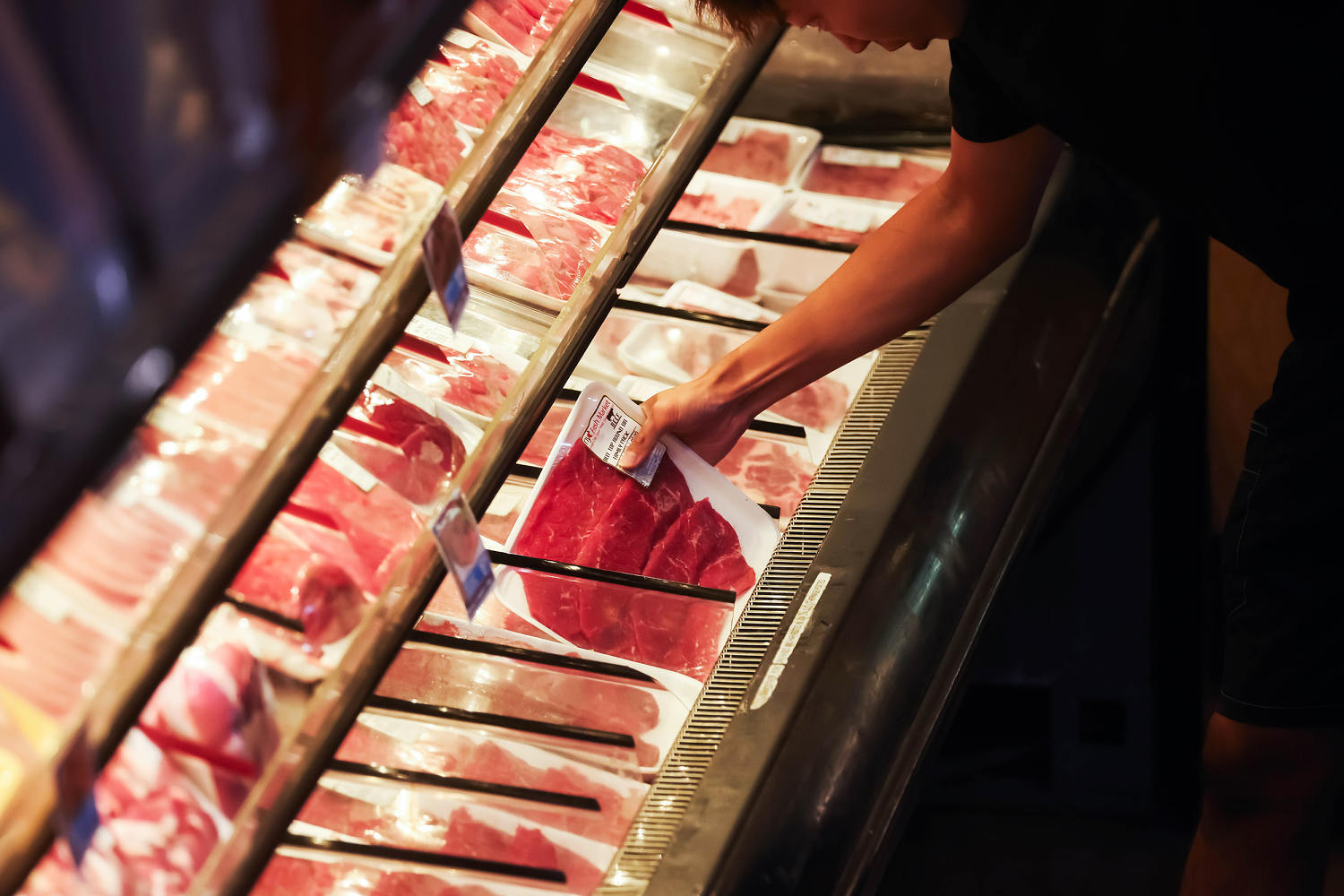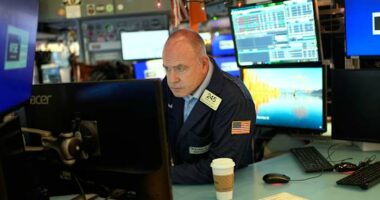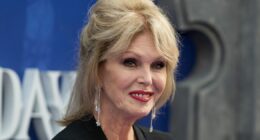Share this @internewscast.com

Consumer prices accelerated in August, according to the Bureau of Labor Statistics’ report on Thursday. This development highlights that the U.S. economy is still facing an inflationary setting, even as job growth slows down.
The most comprehensive measure of price growth rose by 0.4% last month, compared to a 0.2% increase in July, surpassing the predicted 0.3% rise. Year-over-year, the index went up by 2.9% against 2.7% in July, marking the highest level since January.
On Wednesday, the BLS noted that wholesale price growth for August was weaker than anticipated, as businesses absorbed higher costs. This has led some analysts to believe that the inflationary pressures within the economy may not be as alarming as previously thought.
This influenced expectations for a Federal Reserve rate cut at its meeting next week. Economists are also focusing on the softening job market, as weekly jobless claims reached 263,000, surpassing forecasts.
President Donald Trump has claimed there’s “no inflation” and argued that the Fed should have reduced rates long ago. Prior to Thursday’s data release, Citi financial group analysts noted that weak consumer demand and “near-zero job growth” have led to a “disinflationary” economic scene, suggesting a cooling in the rate of inflation.
Bond market investors also seem to anticipate an economic cooldown, as evidenced by the 10-year Treasury note yield hitting its lowest point since April. Treasury yields reflect the return demanded by investors for loaning money to the government, and when inflation predictions are low and bond demand rises, yields drop. Mortgage rates have also decreased.
Stocks, however, keep climbing higher ahead of expectations for a rate cut. Companies’ earnings tend to increase if they do not have to pay as much to borrow money, assuming demand holds steady. Futures were higher as of 8:40 a.m. ET Thursday.












